
 Richmond City Hall, Virginia ... a D3000-Fluoromax project.
Richmond City Hall, Virginia ... a D3000-Fluoromax project.
Innovations made in powder coatings for external applications have allowed manufacturers to meet the construction industry’s stringent demands for durable, cost-effective and recently, environmentally-friendly coatings, says Akzo Nobel Powder Coatings.
The company has, as part of its efforts to remain ahead of the competition, recently introduced to the Gulf region what is claimed to be the world’s first fluorocarbon-based powder coating, Interpon D3000-Fluoromax.
Commenting on the concerns related to powder coatings, Ebla Elmi Guessod, regional marketing coordinator from the company says: “One of the main concerns specific to this region is the exposure to extreme ultra-violet (UV) radiation over time, which leads to an accelerated degradation of the gloss and colour of the coating. Ensuring that the coating specified for the building can withstand the harsh outdoor environment, with high UV exposure, corrosion risks, and high humidity requires careful consideration on the type of coatings required in the GCC region. This is particularly crucial with the number of large scale prestigious projects in the region, and the requirement to complete projects in limited time.”
“Developed to perform excellent resistance to extreme UV impact and film integrity, this new range of powder coatings is now available in the Gulf Region,” she says.
“Although it has taken longer for powder coatings to be widely accepted in the Middle East – as opposed to Europe, Asia and the Americas, where the technology has been widely advocated by architects and specifiers alike since the 1970s – it is now commonly used on aluminium extrusions and panels for architectural projects in the region.
“Generally, powder coatings are specified according to the end use and application,” she says. “Unlike PVDF (polyvinylidine flouride), there are three grades or performance levels of powder coatings, with each performance level requiring compliance to the matching performance standard. In the GCC countries, the two specifications required are the American Architectural Manufacturer Association (AAMA) and the Qualicoat international standards.
Interpon D3000-Fluoromax, which was first introduced by Akzo Nobel Powder Coatings in Europe in 2002, is compliant with the most demanding architectural specification, the American standard AAMA 2605.
The Interpon D3000- Fluoromax formulation also meets the 10-year Florida specifications, the standard global weathering testing.
Elaborating on why the particular standard is highly rated, Guessod says: “Exposed in one of the world’s toughest weathering and testing conditions in South Florida, the exposed panels are tested for film integrity, colour and gloss retention throughout the exposure period.
“Florida exposure testing is the most referenced form of outdoor exposure test, and the only weathering test accepted for one of the world’s most stringent performance standard, the American Architectural Manufacturer’s association, AAMA2605. This specification is the mark of excellent resistance and the most widely accepted standard for high performance powder coatings.”
Specifically formulated with the fluoropolymer resin traditionally used in liquid paints, Interpon D3000-Fluoromax carries all the benefits of powder coatings, according to the company.
Electrostatically applied in one single coat and oven cured, the powder application process, equipment and facilities do not require any changes when applying Interpon D3000-Fluoromax.
The carbon and fluorine bond is one of the strongest molecular bonds, giving an outstanding weather stability combined with a high chemical resistance and low soiling. Using this technology enables reduced costs such as longer cleaning and maintenance intervals and a significantly reduced material handling damage.
Listing out the other benefits, Guessod says: “As a 100 per cent solid finish, powder coating is solvent free. Unlike PVDF coating, powder coatings do not contain any VOCs, in compliance with the environmental regulations. By its nature and manufacturing process, powder coatings are more cost-effective, as it is up to 95 per cent recyclable and reclaimable. The resulting benefits are the considerable reduced wastage compared to PVDF paints.
“Equally important is the higher application area with the use of powder coatings which can reach up to 10 sq m in one single coat with a recommended film thickness of 60 to 80 µ, compared with PVDF liquid coatings which cover an average of 7 to 8 sq m in multiple layers.
“By meeting the AAMA 2605 specification, the fluoropolymer powder coatings range has opened doors to many architects and curtain wallers around the world with increased choice in the coating material, compliance to environmental standards and cost effective application for buildings.”
“Positioned as the direct alternative to PVDF liquid paint, the innovative fluoropolymer based powder contains more than 70 per cent of fluorocarbon polymer in the binder matrix. This technology enables superior chemical resistance, mechanical and anti corrosion properties to resist the toughest environmental conditions.”
With a track record of more than six years of covering prestigious building around the world, the Interpon D3000- Fluoromax range has the durability suited for all weather conditions. In an increasingly environmentally conscious industry, the use of powder coatings has helped architects, engineers and clients meet Leed (Leadership in Energy and Environmental Design) requirements for low-emitting paints.
“With a global track record, Interpon D3000 Fluoromax has been used to protect and enhance the aesthetic function of many prestigious buildings around the world, including the Changi Airport in Singapore, the Bank of Mauritius in Port Louis and the Gaia Airport in Barbados,” Guessod concludes.


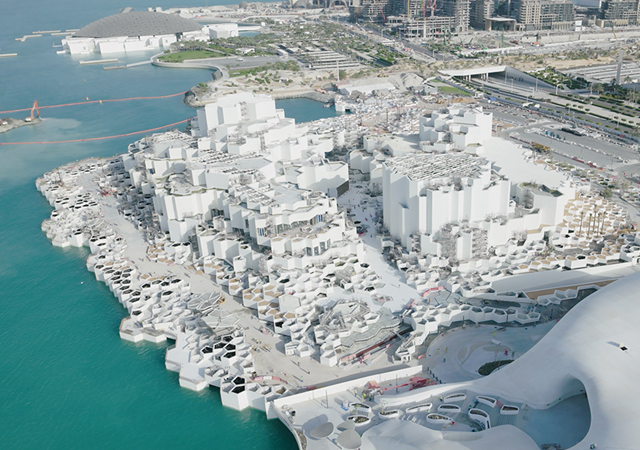
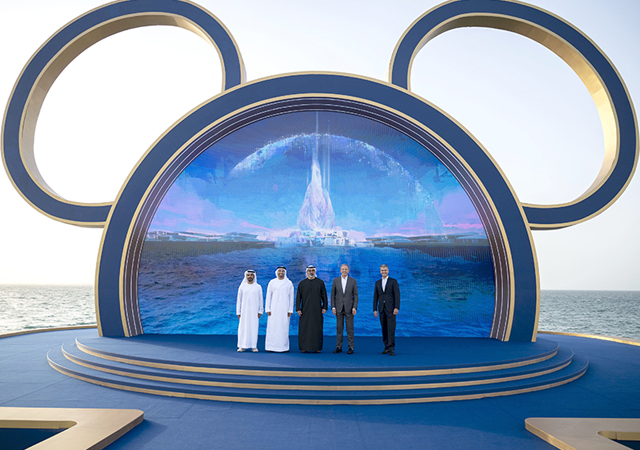
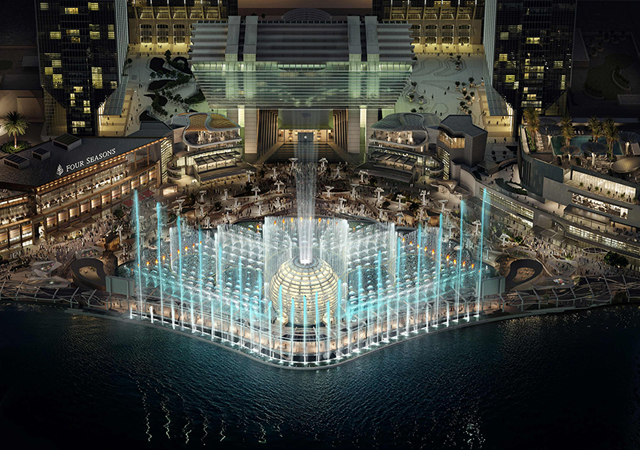


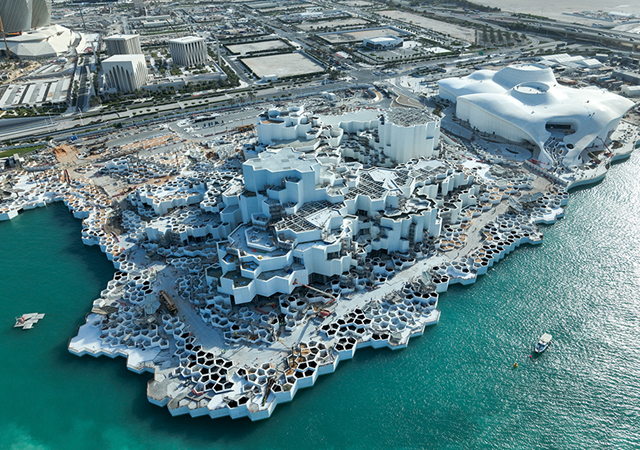
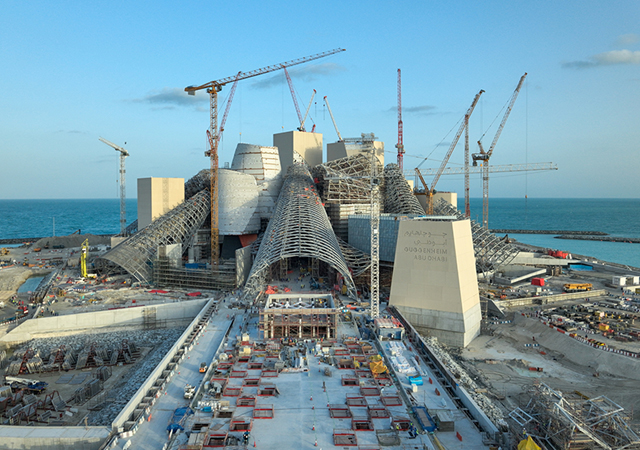
.jpg)
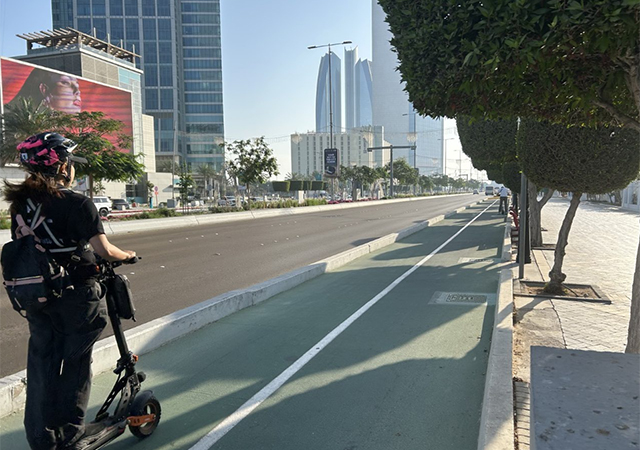
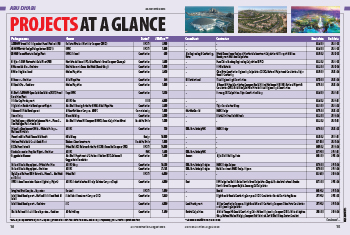

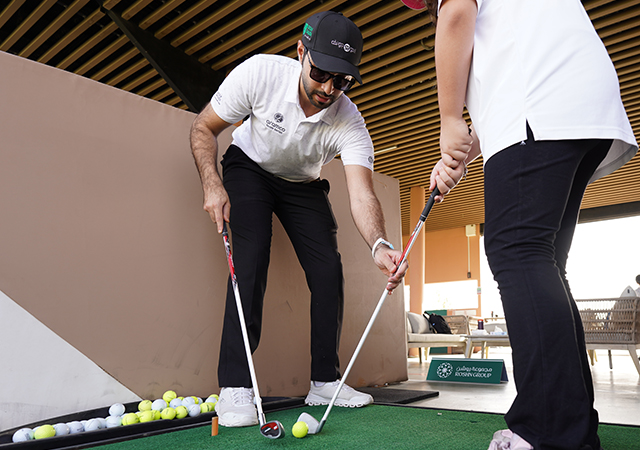
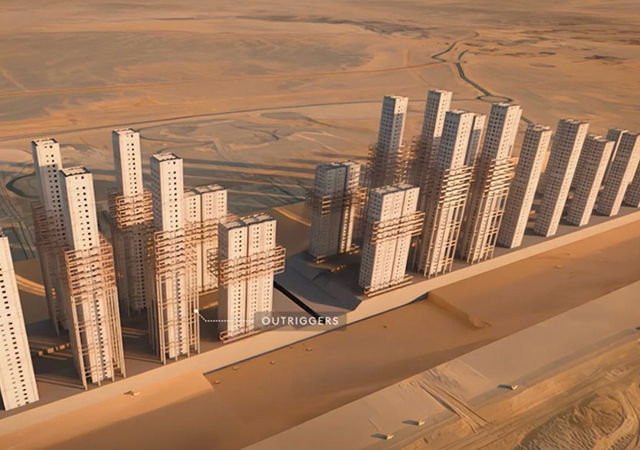
.jpg)
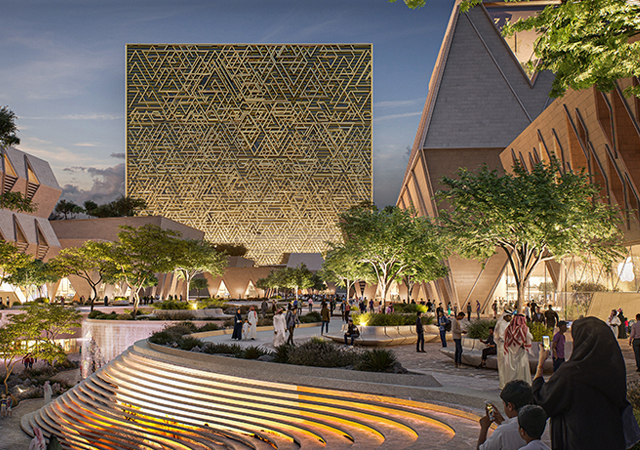
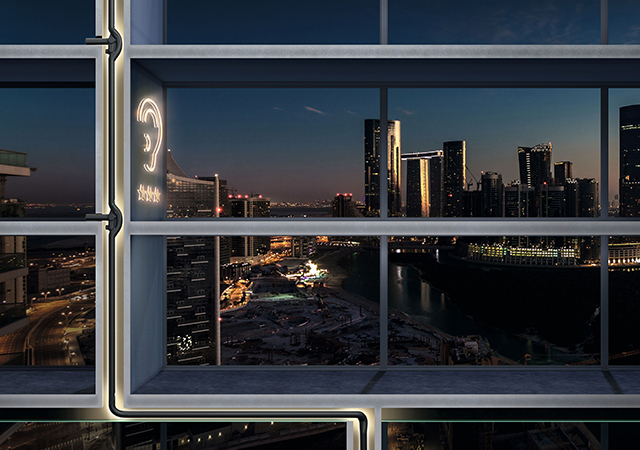
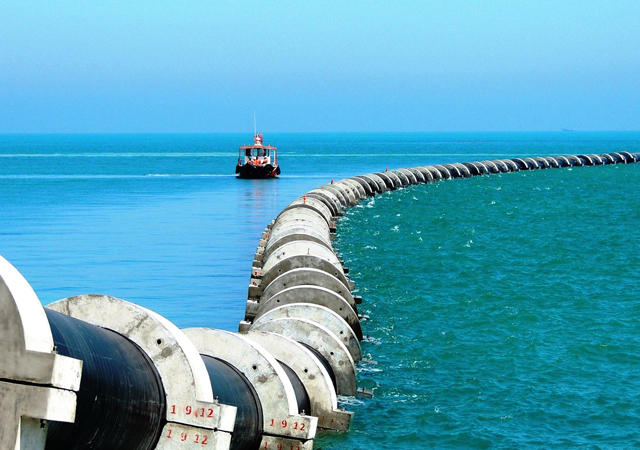


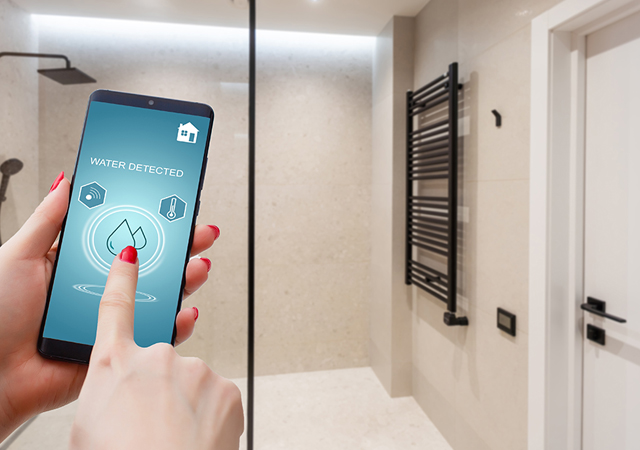
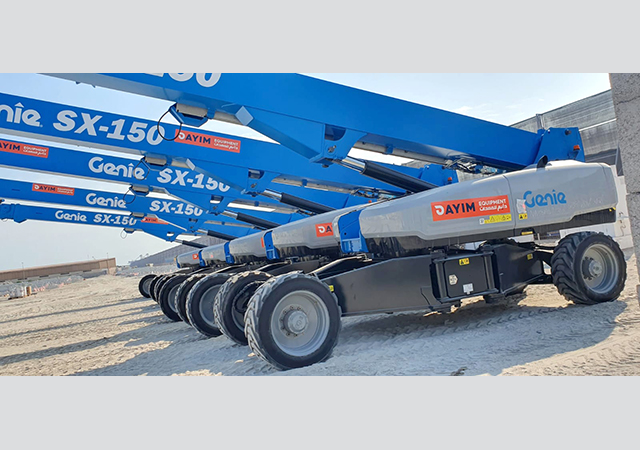
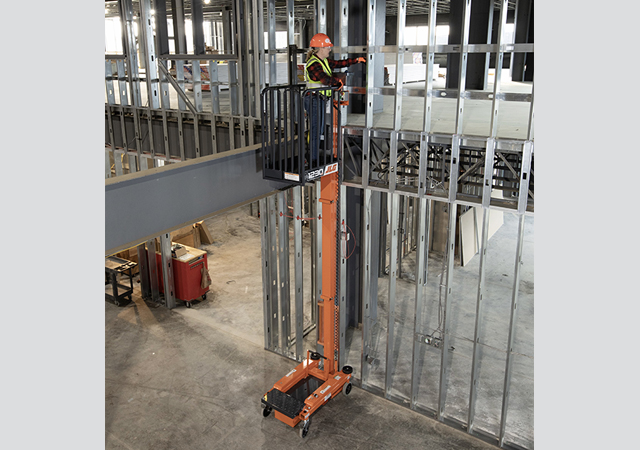
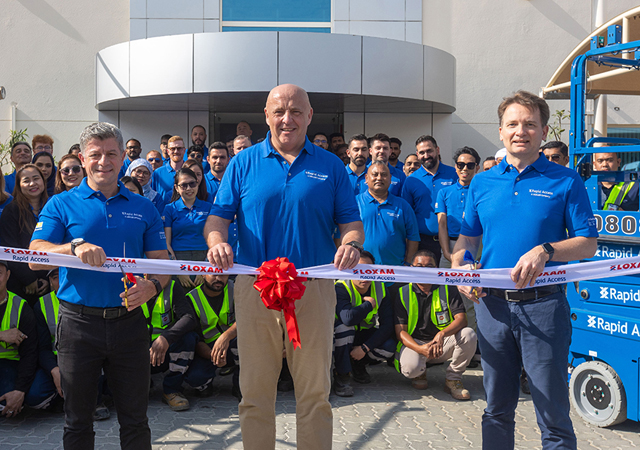
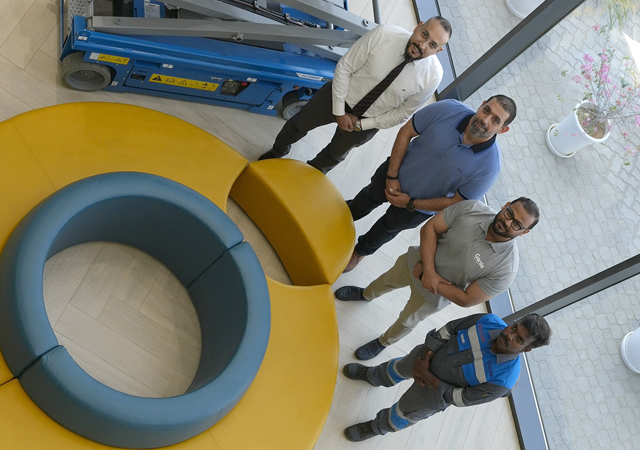
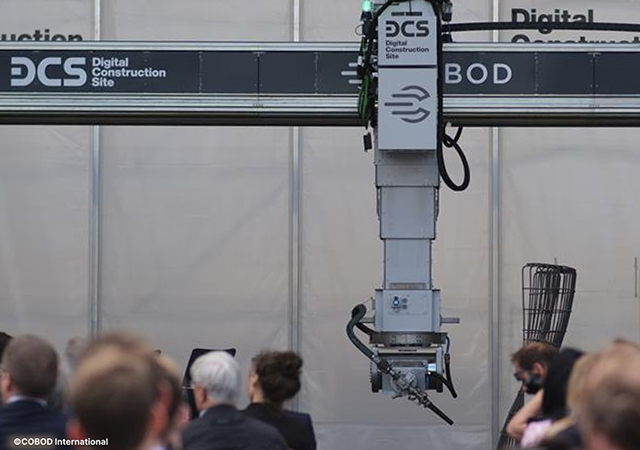
Doka (2).jpg)


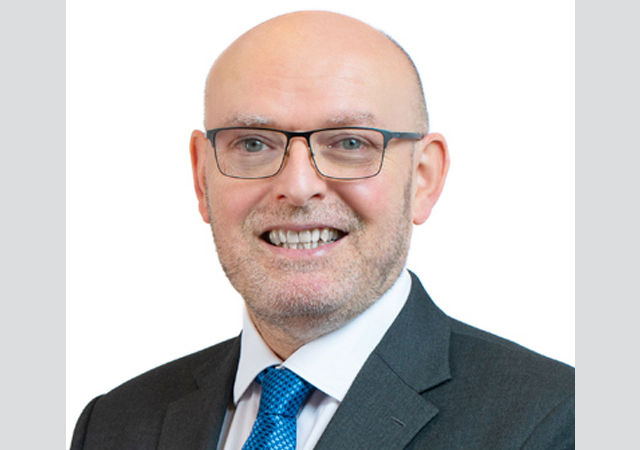
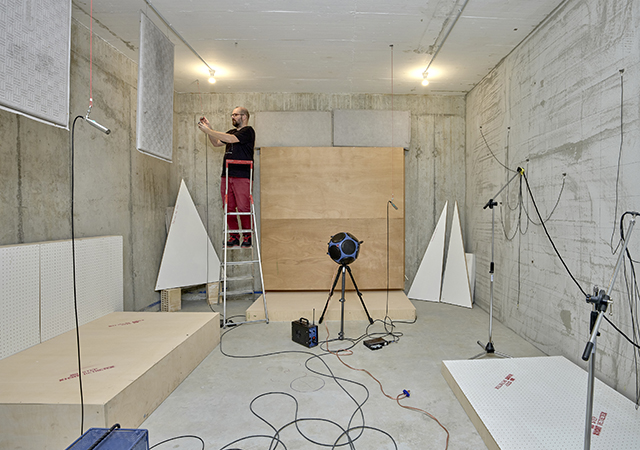

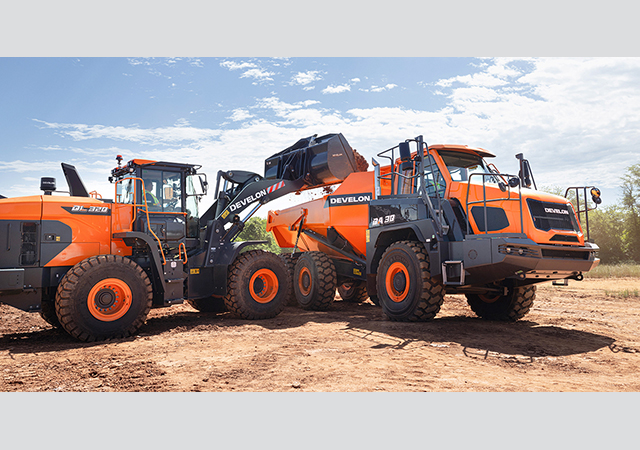
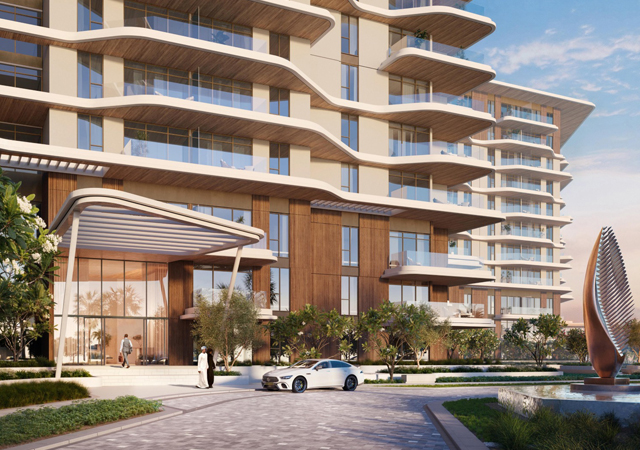

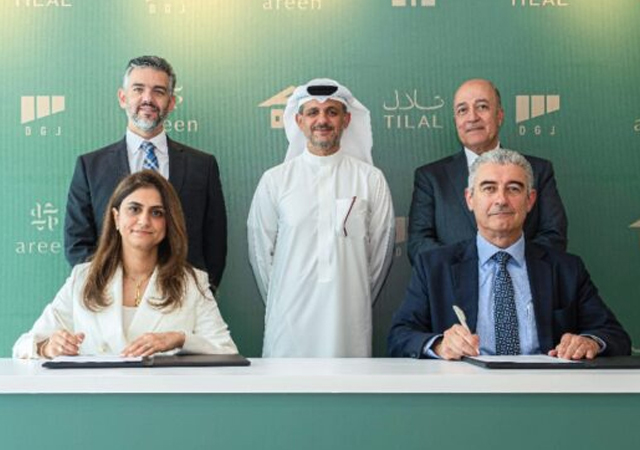
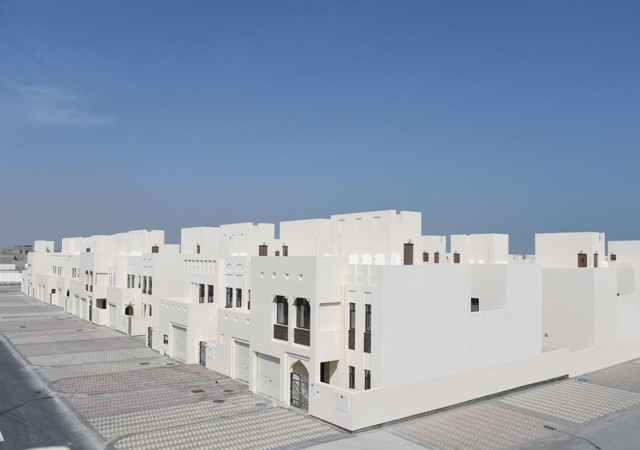
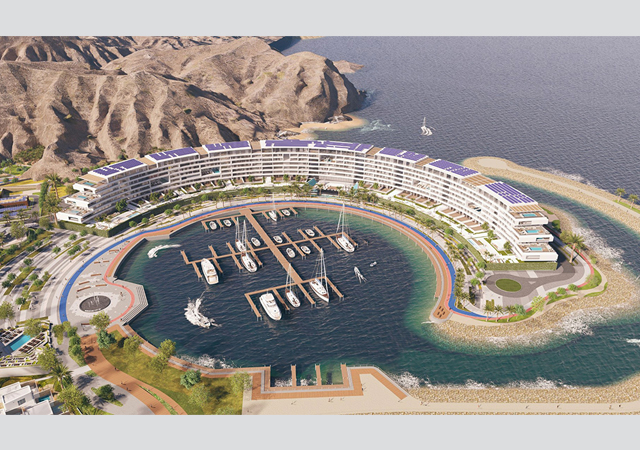
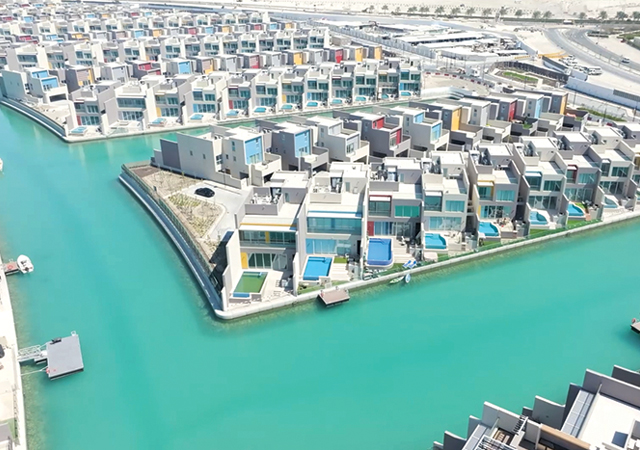
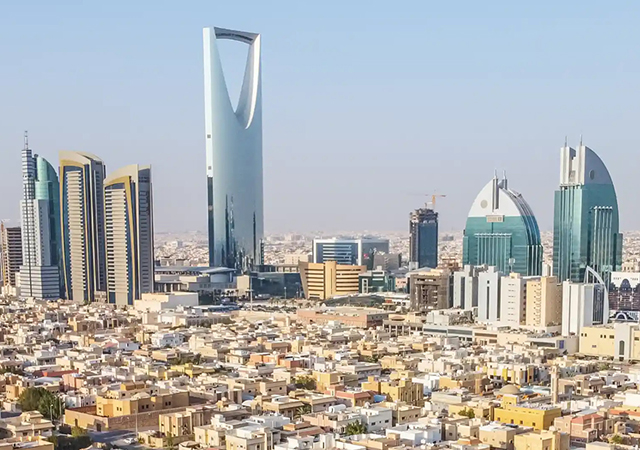

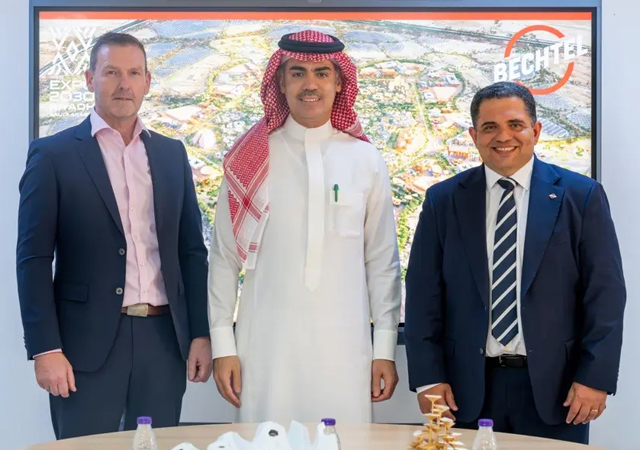
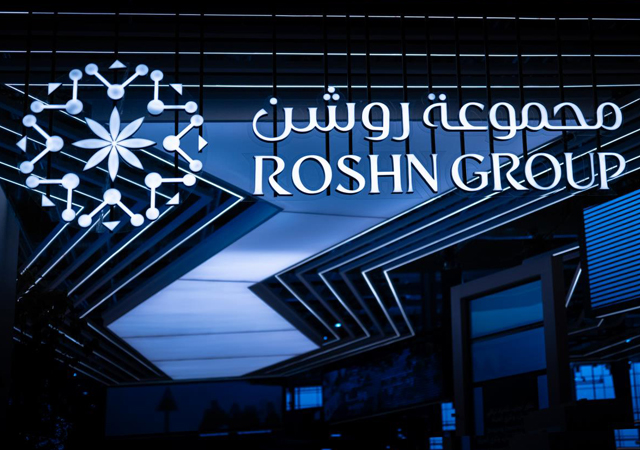
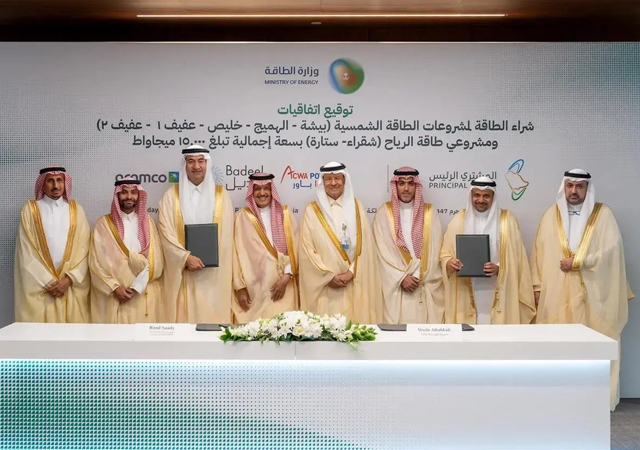
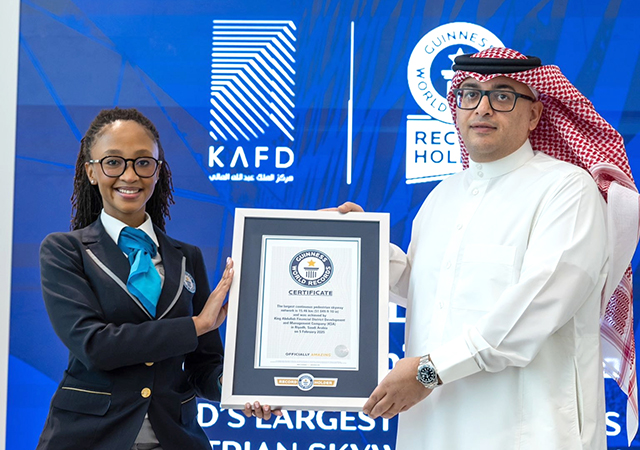

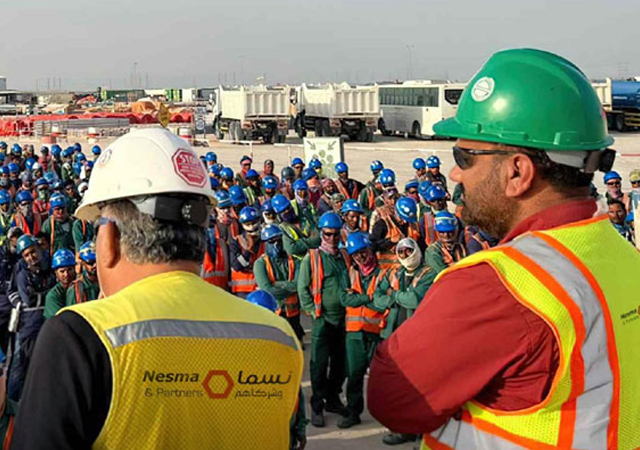

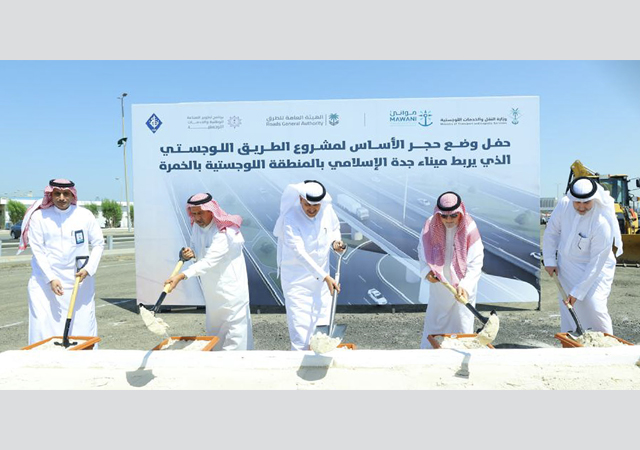


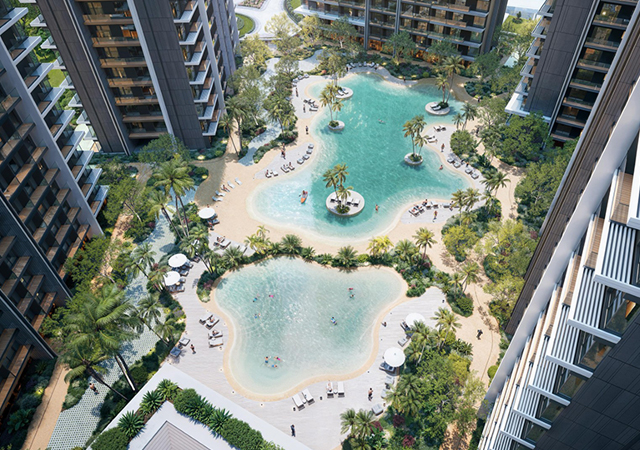
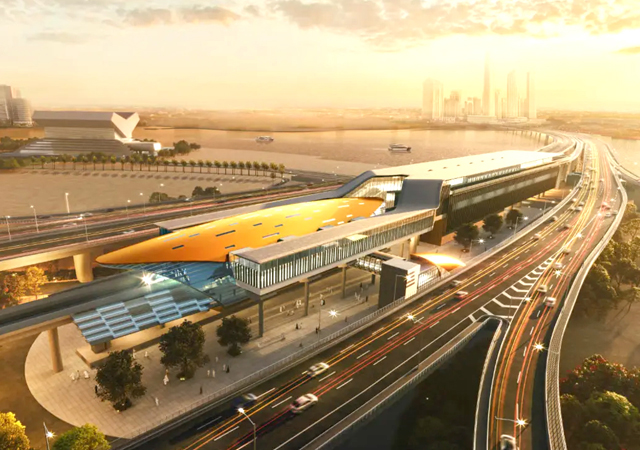
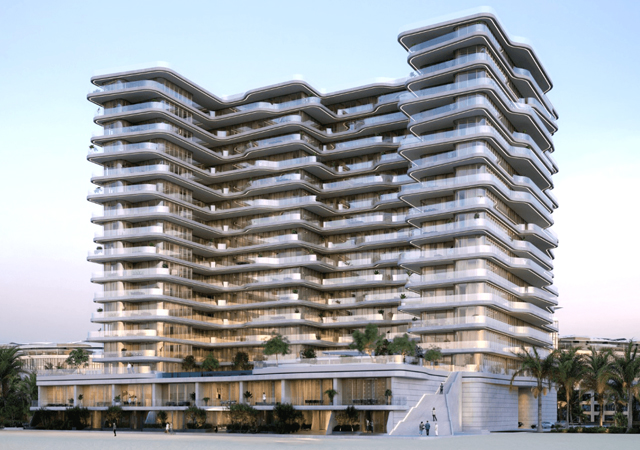
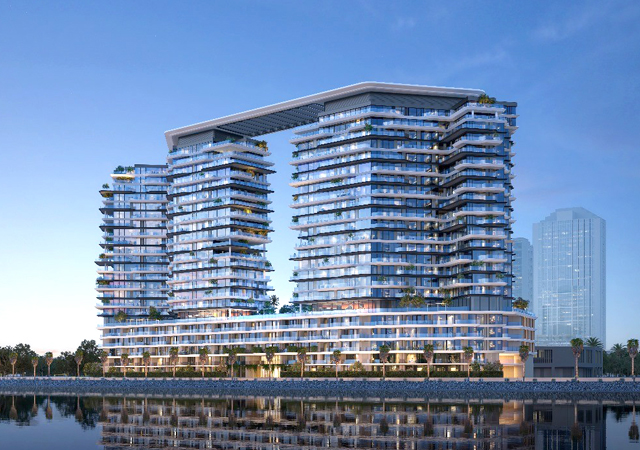
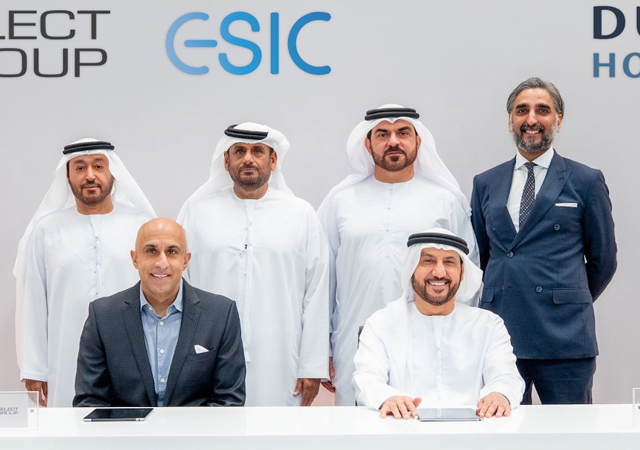
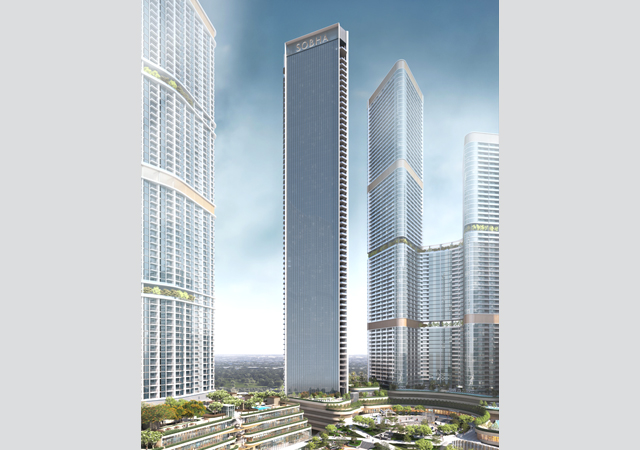
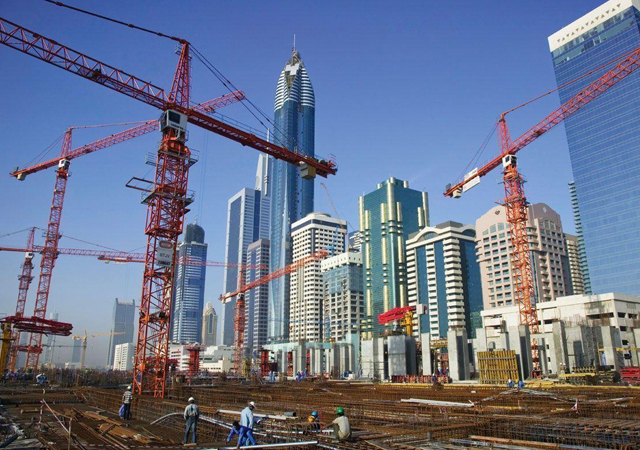
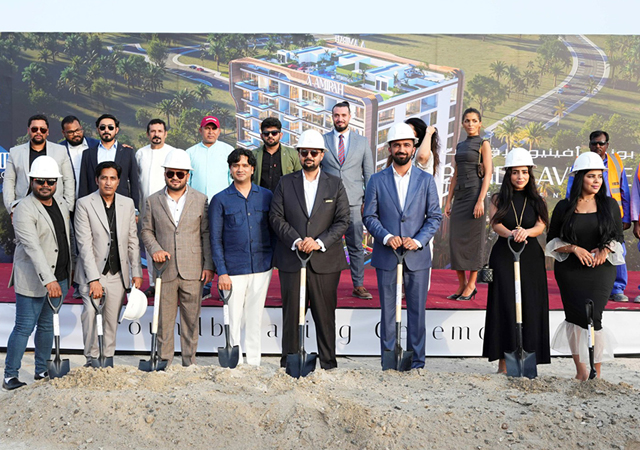

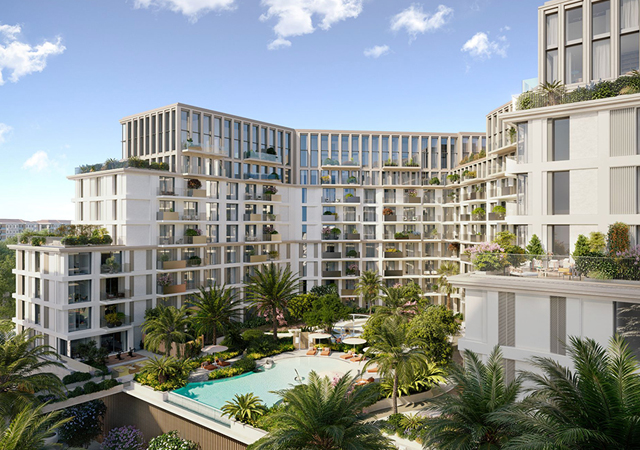
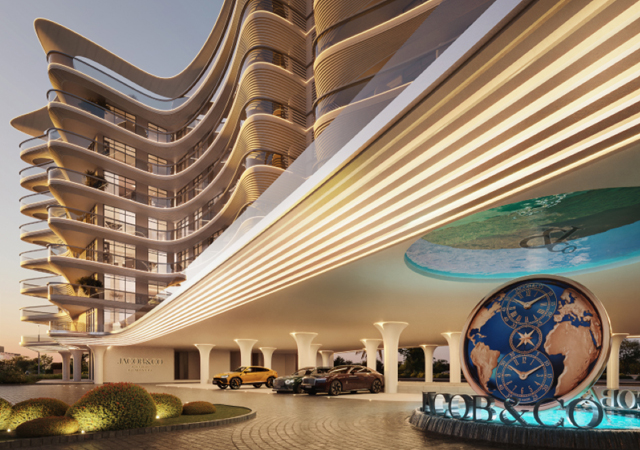
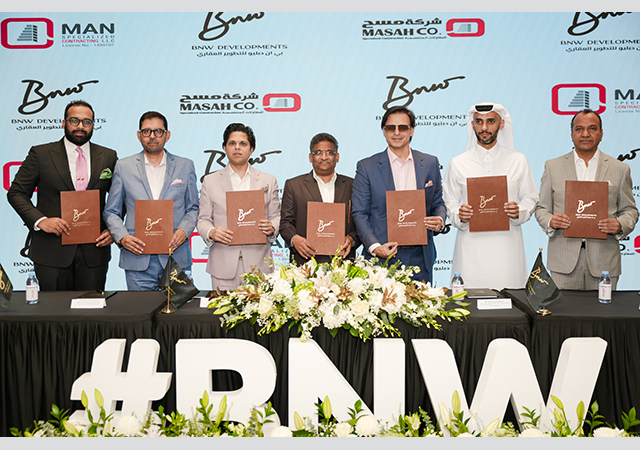
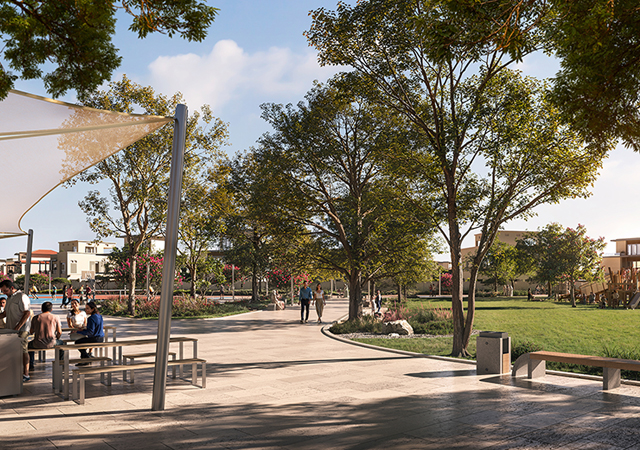

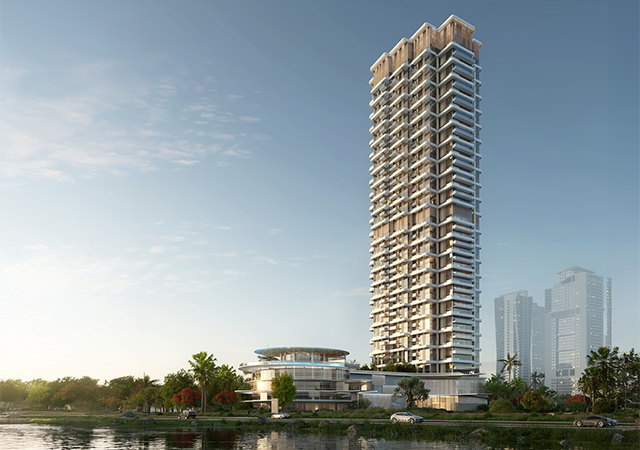
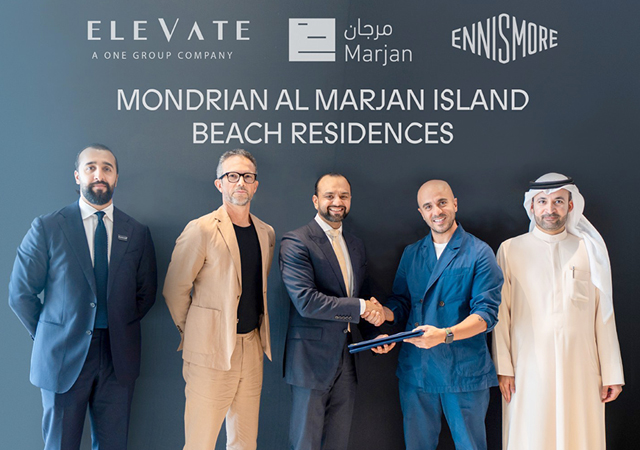
.jpg)
.jpg)
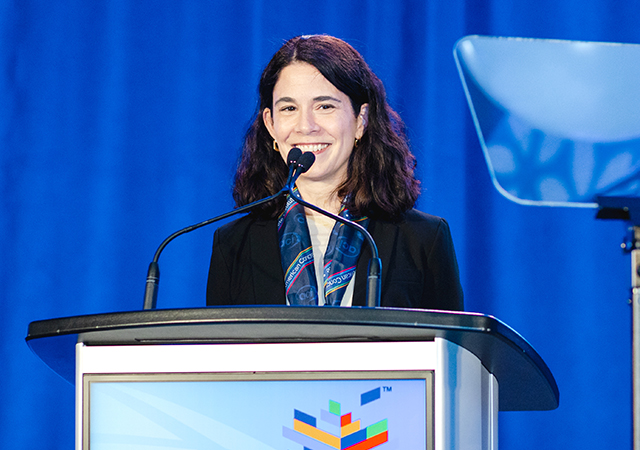
.jpg)





